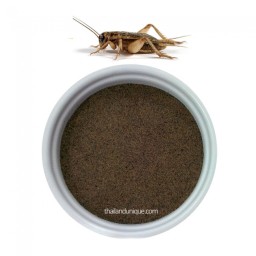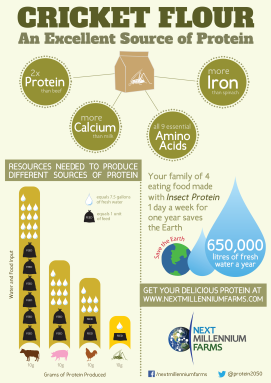The term industrial farming is often linked to animal cruelty and unsustainability. It has now become mainstream to criticize farming at huge, industrial scales. People are now more aware that industrial farming is harmful to the surrounding environment, dumping tons of excess nutrients into water ways and producing greenhouse gasses. Agriculture is the largest contributor to nitrous oxide which has a global warming potential 298 times more than CO2 (2). The agriculture industry is also a large producer of methane. The movement is to move towards small to medium sized farms which generate a variety of crops and have less impact on the environment. There has been a substantial amount of studying showing the benefits of this type of farming. Dairy systems that use rotational grazing have shown to be better for the environment and the cows but there is a downside. Farmers do not get as much milk from their cows forcing them to charge more per gallon of milk. With many people living on low income wages in this country switching to this type of farming in the future may not be the answer. A dairy farm co-op has been working and investing on a way to make their production more sustainable.
In Indiana, The Fair Oaks farming co-op is a 36,000 acre dairy production with $2 billion in annual revenue. The cows there produce 430,000 gallons of manure every day (1). This co-op is well aware of its effect on the environment. For over ten years this co-op has been investing in a sustainable future for their farming operation. The average carbon footprint for a gallon of milk, production to consumption, is 17.6 pounds of carbon dioxide. The Fair Oaks farming co-op has brought that down to 10 pounds of carbon dioxide per gallon of milk (1). Their path to large scale sustainability starts with poop.
The manure from the cows in this large operation supplies enough energy for the entire co-op. The manure is transported to a digester. With microbes and anaerobic conditions the digester produces methane. The Fair Oaks operation produces enough methane to fuel their own fleet of 42 trucks. The water from the manure is then pressed out so the manure can be used a fertilizer. The leftover water still doesn’t have a use but the co-op is planning on using it to create an artificial wetland where they can grow high-protein duckweed. Then they want to use the water that filters through the wetland for brewing beer.
Whether you like it or not industrial scale farming is a part of our food system. These large scale, mechanized farming operations have helped to create a cheap food market. On the environmental side this has led to the degradation of our rivers and atmosphere. I have heard in many other classes that the path to sustainable farming is to have small and medium sized farms. This would create a diversity of crops, decrease the amount nutrient runoff and help local economies. I have always questioned this because the further you go out west the big the farms become. This might not be a feasible goal for the future of the food system. The Fair Oaks goal to be carbon neutral is an innovative way of mass producing dairy and meat product in an environmental conscious way.
Sources:
(1) http://fortune.com/2016/01/27/fair-oaks-dairy-farm-manure-fuel/?iid=sr-link1
(2) http://www3.epa.gov/climatechange/ghgemissions/gwps.html

